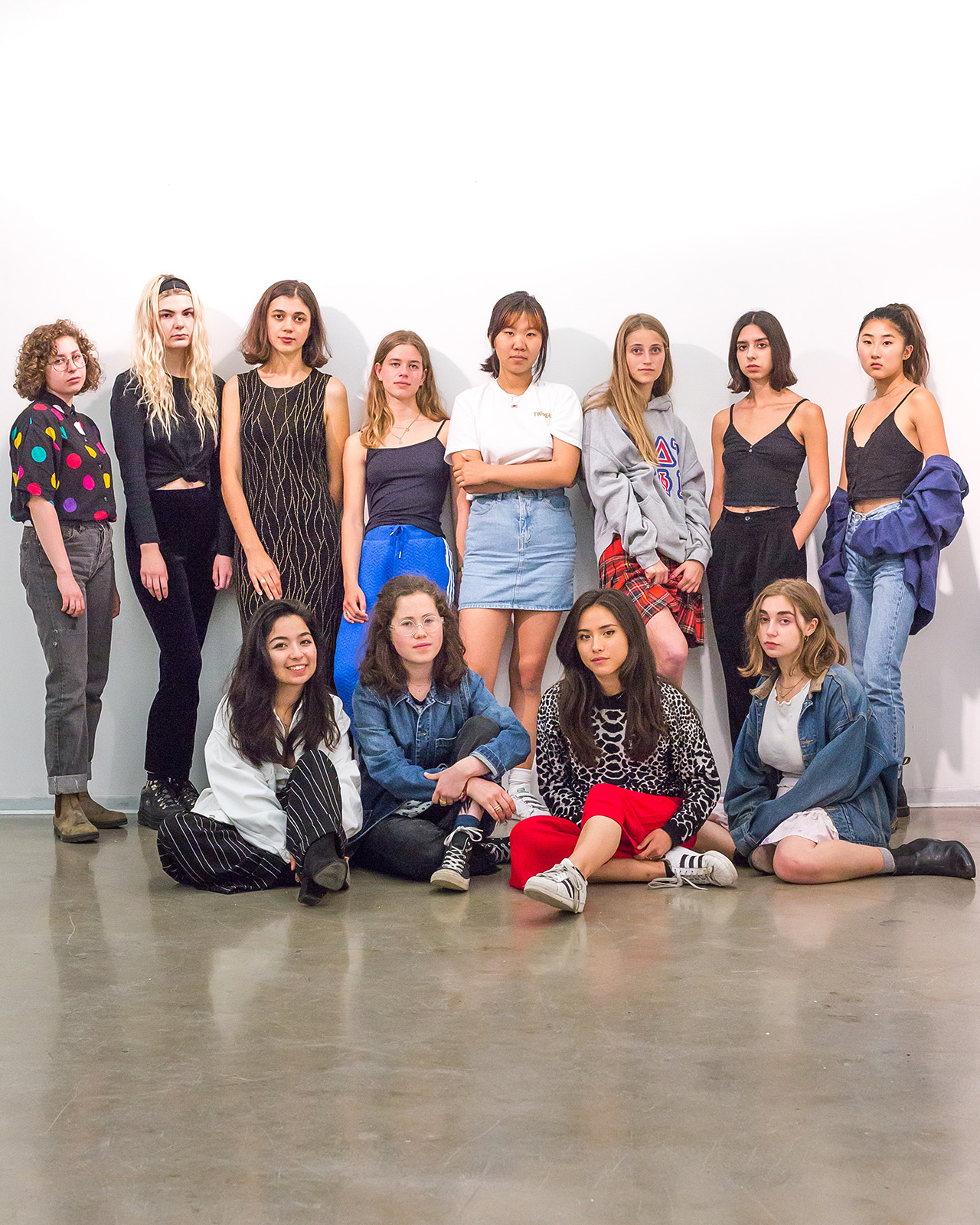Art organization Graphite focuses on provoking conversation, not specific art forms

Student-run art organization Graphite accepts entries to their journal and online platform, ranging from photography to film to articles. The journal incorporates a certain theme, such as this year’s theme, “categories.” (Isa Saalabli/Daily Bruin)
By Kaia Sherry
May 15, 2018 9:51 p.m.
Gabe Pine explores a conceptual pairing of love and action movies in his poem “Bonus Round.”
The final lines opine, “Action movies are faster now because every action movie rushes home to a love poem.”
Pine published his work in May on the online platform for the art organization Graphite. Like much of Graphite’s published content since its inception in 2009, the poem provides a means by which to make sense of the world, said Haley Penn, a first-year design media arts student and designer for Graphite. The staff consists of UCLA students, but anyone may send in submissions to be published in the journal or online platform, which may take the form of poetry, films, articles and other art.
“Although we receive submissions from around the world, Graphite is really run by UCLA students who want to support each other and create networks that will help us get our work published,” Penn said. “It helps us to engage critically with one another and foster community.”
Graphite, supported by the Hammer Museum, consists of three platforms: a journal, a blog and public programming events at the museum, said Francesca Consagra, a second-year art student. The journal incorporates a new theme each year that is meant to provoke ideas around a pre-existing concept. Last year’s theme was “manual,” which involved work based off instruction manuals or how arguments are broken down into steps, Penn said. The staff chooses the year’s theme during their meetings in early September by discussing relevant events, whether they involve the political climate at large or local happenings at UCLA.
“Graphite offers the community a young adult’s perspective on the art scene, which offers a fresh take on what’s relevant,” Consagra said. “It’s a more authentic view of culture.”
The blog, which serves as an online platform for artistic and critical content, is designed to be a less curated version of the journal because its content does not necessarily have to adhere to the year’s theme, said Karen Achar, the editor-in-chief of Graphite. The organization’s public programming events, on the other hand, often do compliment the theme of the journal. Recently, the museum hosted a panel entitled “Semiotics of Power,” which featured activist Alice Barker and two other panelists who discussed cybersecurity and other contemporary ideas in tandem with Graphite’s 2018 theme of “categories.”
The journal’s entries explore the potential of categories to provide order as well as their existence in a cultural environment. Achar said many submissions looked at categories in a sociopolitical sense, considering how categories could make certain information more or less visible. Others chose to interpret the categorical aspects of language and challenged the ways that language constructs meaning.
“Many people chose an approach of self-categorization and self-identity, and what that means in terms of visibility and legitimacy,” Achar said. “It asks what happens when you self-identify as something versus having others identify you as something, and I feel like being able to express the former gives you a sense of power.”
One of the works that will be featured under the 2018 theme is a photography series by Akea Brown, who recently graduated from the Maryland Institute College of Art with a degree in photography. Her art documents her home in Baltimore and emphasizes her family, commenting on the category of blackness as it exists in the middle class of that region, Achar said.
“Brown shows this depiction of blackness that is perhaps invisible in our dialogue, because so many times when we talk about blackness, it’s related to violence and low-income families,” Achar said. “All of these issues that are real, but she’s trying to open this other perspective and (question) what will happen when that becomes part of our dialogue as well.”
This year’s issue of Graphite, which includes Brown’s work, will be accompanied by a launch party at the Hammer in June. The launch party allows the artists an opportunity to present their work in person, and to interact with the audience in discussions of the ideas present in their pieces. The launch party hosts artists who work with a variety of mediums to express their artistic vision, Achar said.
“When we choose what to publish in Graphite, we’re really looking at the ideas that the work allows us to talk about,” Achar said. “We’re not looking at one specific style or medium, but considering how people are engaging with the ideas that we want to talk about in different forms.”

